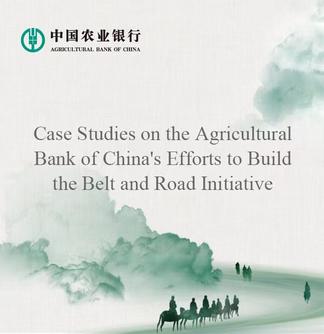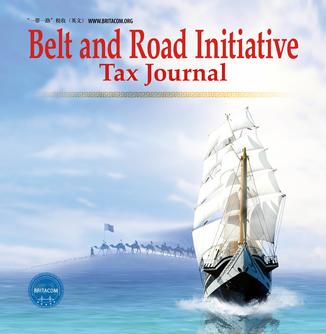
The photo shows people waiting in line in front of a Mixue store in Sydney, Australia. (Xinhua)
CHENGDU, April 10 (Xinhua) -- In a bustling exhibition hall in Chengdu, southwest China's Sichuan Province, Gregory Cattin, a French beverage industry veteran, savored a cup of osmanthus-scented oolong, his expression shifting from curiosity to delight.
"This is not just tea; it's an evolution," he said. Having traversed global markets for over three decades, Cattin is now among the numerous international buyers captivated by a new wave of Chinese tea culture.
He traveled from Hong Kong to Chengdu to attend the 112th China Food and Drinks Fair held in late March. "I came specifically to seek out good brands and products, hoping to establish partnerships and bring some high-quality products abroad," he said.
From creamy black sugar bubble tea tailored for the Southeast Asian market to zero-sugar fruit infusions appealing to European palates, Chinese tea drink brands are redefining global beverage trends. Once confined to traditional ceremonies, Chinese tea is now a canvas for innovation, blending millennia-old heritage with cosmopolitan flair.
Cattin's journey mirrors a broader shift. As Chinese chains expand globally, like ChaPanda in Melbourne, Kuala Lumpur and Barcelona, and HEYTEA in London, Melbourne and New York, they're not just selling drinks -- they're shaping cultural conversations through modern tea experiences.
ChaPanda has sold over 140,000 cups of its sought-after drink "Yangzhiganlu" (mango pomelo sago) overseas, while Grass Jelly & Tea stores in the North American market have seen their daily revenue reach as high as north of 50,000 yuan (about 7,000 U.S. dollars).
The key lies in hyper-localized innovation. In Barcelona, ChaPanda's matcha brown sugar pearl milk tea became an instant hit, while in Kuala Lumpur, rich milky flavors cater to local preferences.
"It's about honoring regional tastes while keeping our Chinese soul," said Wang Huan, head of ChaPanda's global operations.
Behind the scenes, robust logistics networks fuel this expansion. Brands like Grass Jelly & Tea have established overseas hubs in Vietnam and Indonesia, integrating localized sourcing with cross-border delivery of core ingredients -- a hybrid model ensuring both freshness and authenticity.
The revolution extends beyond taste buds. HEYTEA's New York Lab store merges bamboo-weave walls with meditation spaces, transforming stores into cultural pop-ups. Limited-edition drinks wrapped in Peking opera motifs or inspired by ancient Chinese legends turn each order into a storytelling session.
Even store formats adapt philosophically: ChaPanda's spacious Seoul outlet, mirroring the "third space" culture in the Republic of Korea, invites customers to linger -- a deliberate contrast to grab-and-go norms.
As Cattin negotiated partnerships to bring these blends to Europe, he reflected that "China didn't just invent tea; they've reimagined it for the world."
With the global new-style tea market soaring past 350 billion yuan, up 6.4 percent year on year, and brands expanding their overseas footprints, the leaves of change are steeping worldwide. From Parisian patisseries to Bangkok street markets, the ancient art of Chinese tea has never tasted better.




 A single purchase
A single purchase









